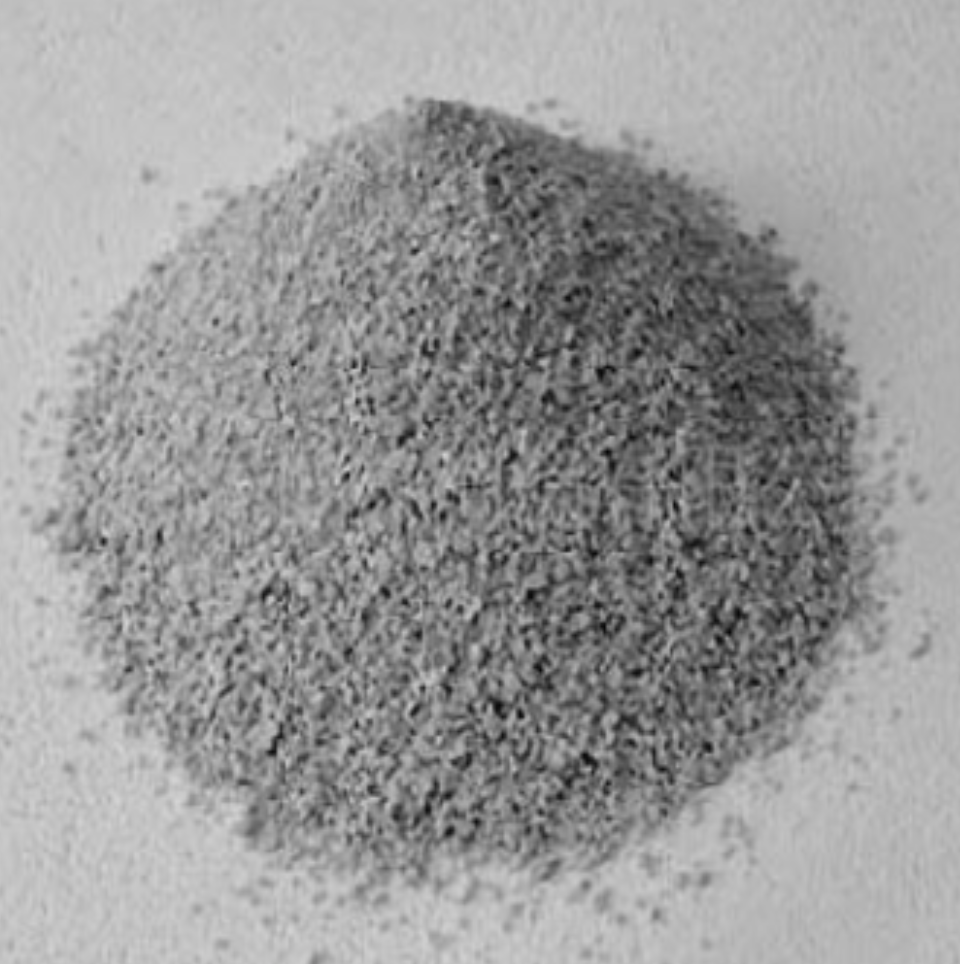
Ec0binder is the base used in conjunction with most of our products.

Connect with us to explore how our solutions can elevate your next project.
ARC Innovations develops, produces and markets ec0-innovative products and technologies via pioneering initiatives, ground-breaking reseARCh and inventive, but practical solutions.
© ARC Innovations 2025. All rights reserved.